A-Class: Q&A with Glenn Ashby by Bailey White
Image: Explder.info / Paula Koplowicz . — The US A-Class Association has presented a bid to remove Rule 8 along CAN and seconded by UK. This proposal is going to be voted at Punta Ala. Bailey White, US Class President contacted Nr 1 A-Cat and ACup sailor Glenn Ashby to know about his thoughts on the future of the Class development.
Once the A-Cats are airborne is common sense to facilitate a better flight, and you have two ways to achieve this, do it progressively as done historically or remove some limitations that were put in place aiming to ban foiling in the past.
I personally prefer the first option and stay insert over top to keep launching and
overall handling simplicity while sailing efficiently as possible. On Saturday I went with a friend to grab and launch his new Moth…… story later in the week.
But then again as Ashby points out below A-Cats are not your usual H16 all terrain beachcats.
Analyzing all positions I think freedom of choice is a good alternative for US fleet stand wanting to have a more efficient foiling out of the box (literally) no restrictions and
also for those who prefer maintain status quo and progressive development.
The key aspect many are yet to identify as THE great equalizer for this new Rule discussion is the wind range A-Class regattas are held, 5 to 25knots or even more as race at 2012 Pre Hurricane Isla Morada Worlds.
Moths are worthless in 4-5 knots as in the high wind range too as seen in last Worlds, even for AC pros.
Thus if rule 8 is removed in the A-Class foils selection is going to be a tough compromise solution for those wanting to keep performing in all conditions.
Just looking again at last Italians local events and German Nats where an Arrow , a Bimare and a Nikita, all in floating mode won respective events. Check more info at A-Cat.org
But still current legal foilers are super competitive in light winds as seen at Bordeaux Euros 2014, North Americans and Australian Nats 2015 wins.
With this scenario above I also believe and wrote several times, I doubt a non rule 8 compliant boat can beat current legal foils in the all round, so those wanting to keep current over the top conf, like me , will be able to do so, like sailors still racing with C boards and wining events.
Take account not even Moths , the ultimate flying weapon, were able to find a solution to sail in 5 knots (less to race of course!) and not even the powerful AC scaled flying cats and proven foilers like FP or F20 are able to fly efficiently upwind (a la Moth).
All these situations are marking a reality check: The 5-25knots foiling weapon (cat or mono) is yet to be developed.
If removing Rule 8 contributes to find it, so welcome, but as long as the IACA maintains external dimension box, weight, sail area and most important aspect of them all: 5-25knots racing, I think we will see current legal foils to continue to be the weapon of choice in the all round for some time.
Even imagine a Nikita with C foils against a new insert from below J in non foiling conditions…
So let sailors Tinker and Play, these are great assets of the A-Class beyond course racing and Keep all sailor under the same belt.
Actual racing performance requires lots of hard work for sailors and designers & builders alike, if someone finds out the magical, efficient & practical allround solution, who is going to fight against it????
In the end if tomorrow Glenn and I happen to race that magic carpet ride, guess who is going to win…..
Below Q&A done and sent by Bailey White with Glenn Asbhy.
———————————————–
– Bailey White: How you think about the A after all of the experiences you now have across other boats. From now classic boats like the Tornado to the moth and AC 72, very few people have done and seen what you have. Do you still enjoy sailing the A?
Glenn Ashby: For me the A class is still my favorite boat to sail as it covers a large range of conditions well and has been at the forefront of catamaran design up until now for the past decades. It is imperative in my opinion that the A class remains at the forefront and pushes the boundaries of design and innovation as it has done in the past. Restricting or “locking down” the development of such a boat reduces the appeal of the class and takes away the prestige that the A class has earned over the many years of being the premier single handed development multihull.
I really enjoy sailing the moth for sure also as it is full development and the racing and the class in general has never been stronger worldwide with a varied age group of sailors. I have leant a lot from this great little boat and have been surprised at how much better the moths performance is these days compared to the current A class.
Obviously the AC 72 was a development exercise and experience that I will never forget, but some of the ideas and thinking of how an AC 72 could be developed and sailed, stemmed from the A class and C class.
-BW: Should we keep Rule 8 or any portion of it? What does your experience tell you will make the A sail its best, be the most fun, and stay relatively inexpensive?
Glenn: Obviously as development continues having rules that restrict, prohibit or otherwise delay the inevitable development of a truly developmental class are not good in my opinion.
Foiling on the A class has been proven to be made possible with a rule that was specifically administered to prevent foiling.
This is much the same as the rule was written to “try” to prevent foiling on an AC 72 catamaran at the time. As the development wheel rolls forwards, this allows people thinking outside the square, to come up with new ideas and techniques that can circumnavigate the idea the rule was meant to enforce although still remaining rule legal.
This in turn does not create simplicity or best performance. It generally adds expense, lessens potential global performance gains and makes the boat harder to sail which makes it possible for only a select few to be able to “foil” well on a boat that is not really “set up” to foil properly.
Whilst good guys in any class will generally always adapt to whatever “new” fast techniques appear on the scene, I feel that it is important to remember that over the years the A class has set the bar for design, building and testing in a racing environment.
The A class has a long and proud history of great racing and has shown time and time again how the continued development of various different concepts, designs and manufacturing techniques of “one off” boats and production type boats over the years, has paved the way forwards for the class and showed others, how close the racing can be with different designs of boats.
With the information and knowledge on hand in this day and age of how much better performance and in which the ease of stable, safe foiling could be achieved, it would sadden me personally to continue to stifle the development of the A class catamaran with Rule 8.
– BW: Some people have specific concerns about putting boards in from the bottom. If we open up foil development, will all boats go to boards from the bottom and will this change the experience of the A and the ability of sailors to rig it up by themselves and go sailing?
GA: With the rule being open, people can choose how they have their daggerboards inserted. There is nothing stopping anyone still inserting them from the top. Or using straight boards for example. (Which are still super fast in light air!)
Personally I don’t think anyone who sails an A class would ever sail it up the beach Hobie style. If they do, they probably should have a Hobie not an A class! So having the boards inserted from the bottom simply means that you pick up one side of the boat whilst it’s on the beach on the trolley and put the board in from the bottom, slide it in and put the boat back down and repeat for the other side, boards can then stay in for the weekend or the week and the boat can be launched as per normal. We all know how easy it is to pick up the side of an A class so it’s not a major in my opinion. It’s a hell of a lot harder launching and retrieving a moth, GC32 and AC45 that’s for sure!!!
– BW: The potential performance of cats keeps getting redefined by the Americas Cup. We are seeing new levels of roll tacks and foiling on the AC45s already just as the teams are warming up for the next Cup. Will the A ever get to this level?
GA: I feel that Rule 8 is definitely not helping the future development of the class and for sure restricts the level of performance that the A class can achieve currently. I feel we have to be very careful not to look at the class short term.
Although many of us have spent plenty on new daggerboards recently and the latest go fast gear, this is the same in every class, every year, whether it be one design Olympic classes or other development classes, or other international classes. It’s our sport. It has been like that for 100’s of years. Sailing is quite a drug that’s for sure….
Personally I feel we need to look to what we could imagine the A class to look like and be in 5, 10 and maybe 20 years from now. The beauty of the A Class is the openness which in turn provides great racing, learning and challenges.
If we locked in daggerboards and alloy masts 20 years ago for example, imagine what we would have missed out on!
– BW: For me personally, the class is a perfect combination of amateur fun and exposure to some of the best in sailing, with everyone passionate about high performance. How would you describe it? Who do you think are the kinds of people that should get into the class?
GA: I agree that the class covers a huge range of sailing abilities and performance. This is one of the pleasures of sailing a truly fantastic, well developed boat. The more highly developed, the better the performance and with it, the ease and safety of which it can be achieved.
I would really like to see more people of all ages coming in to the class from many different disciplines and skill levels. I feel that good promotion internationally and sticking to what makes the A class one of the best and most fun to sail boats in the world is a key to making this happen. —




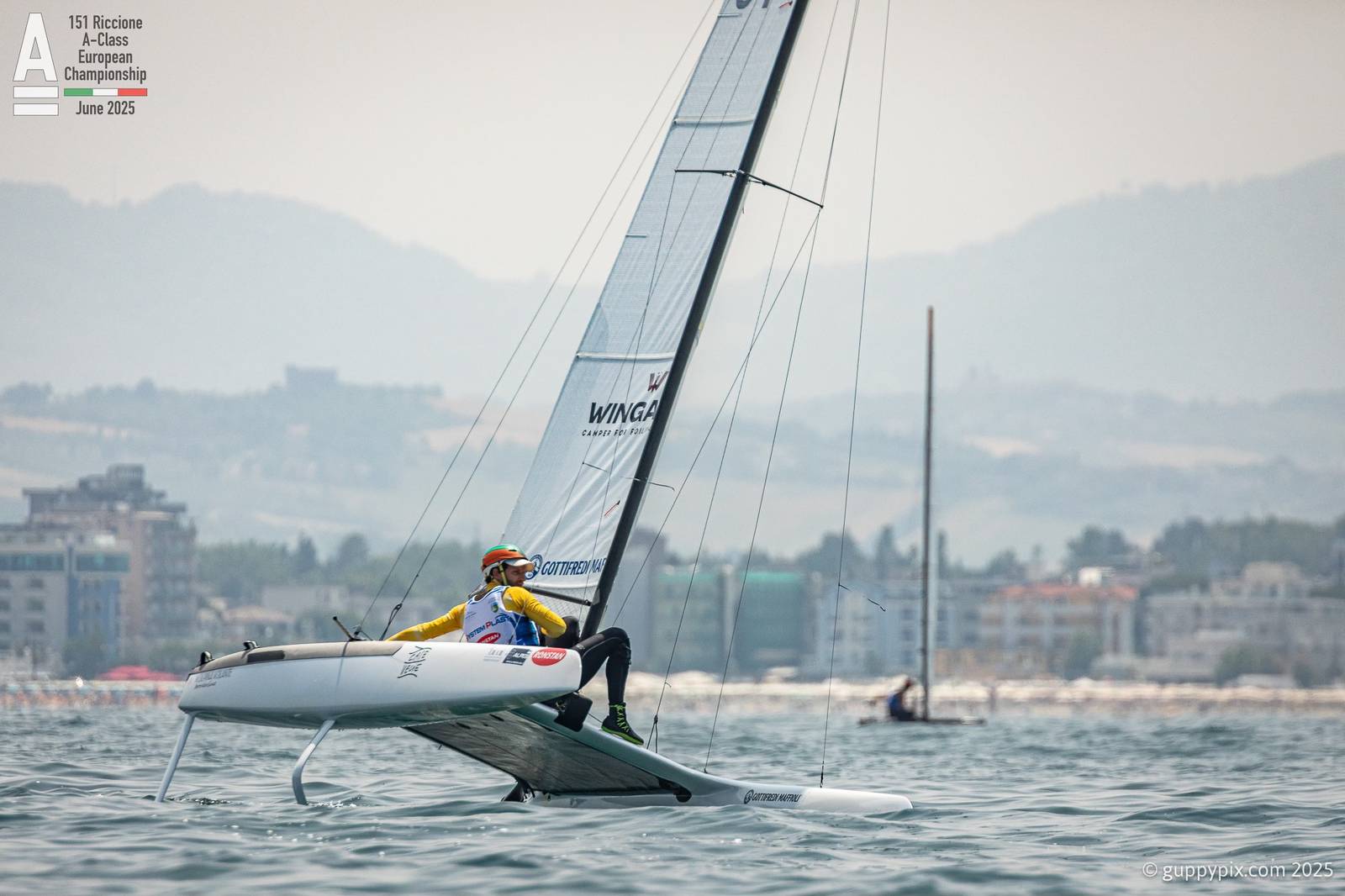

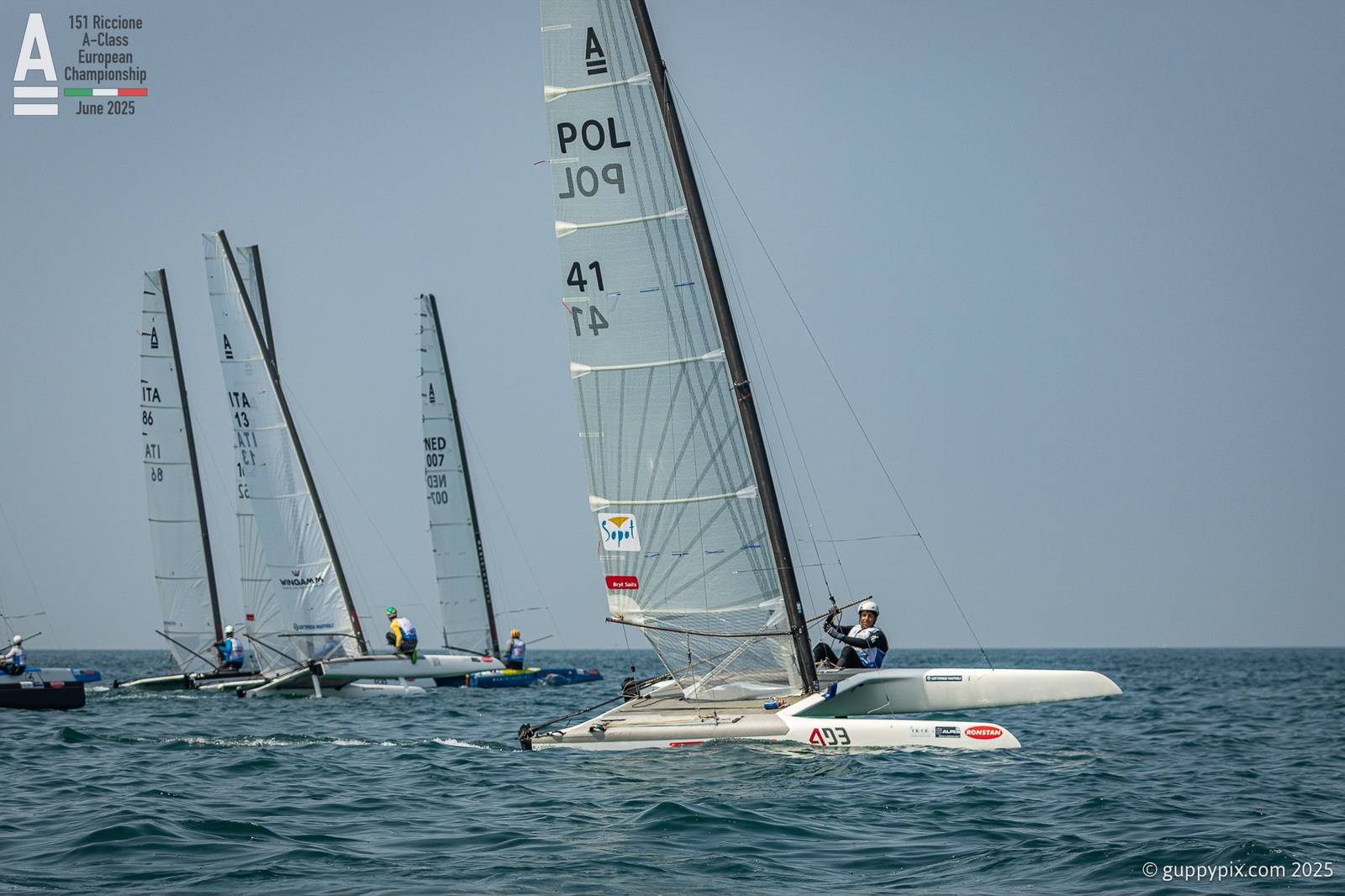
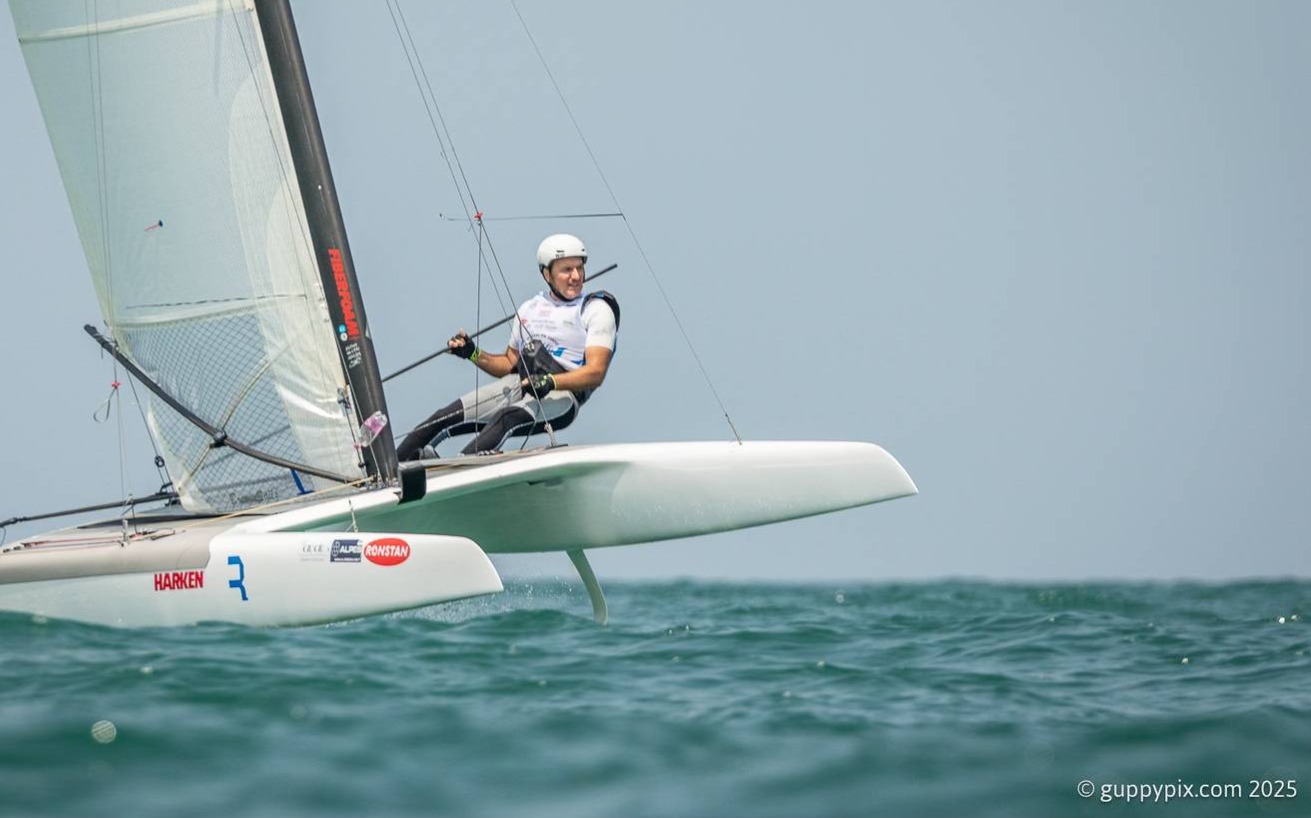
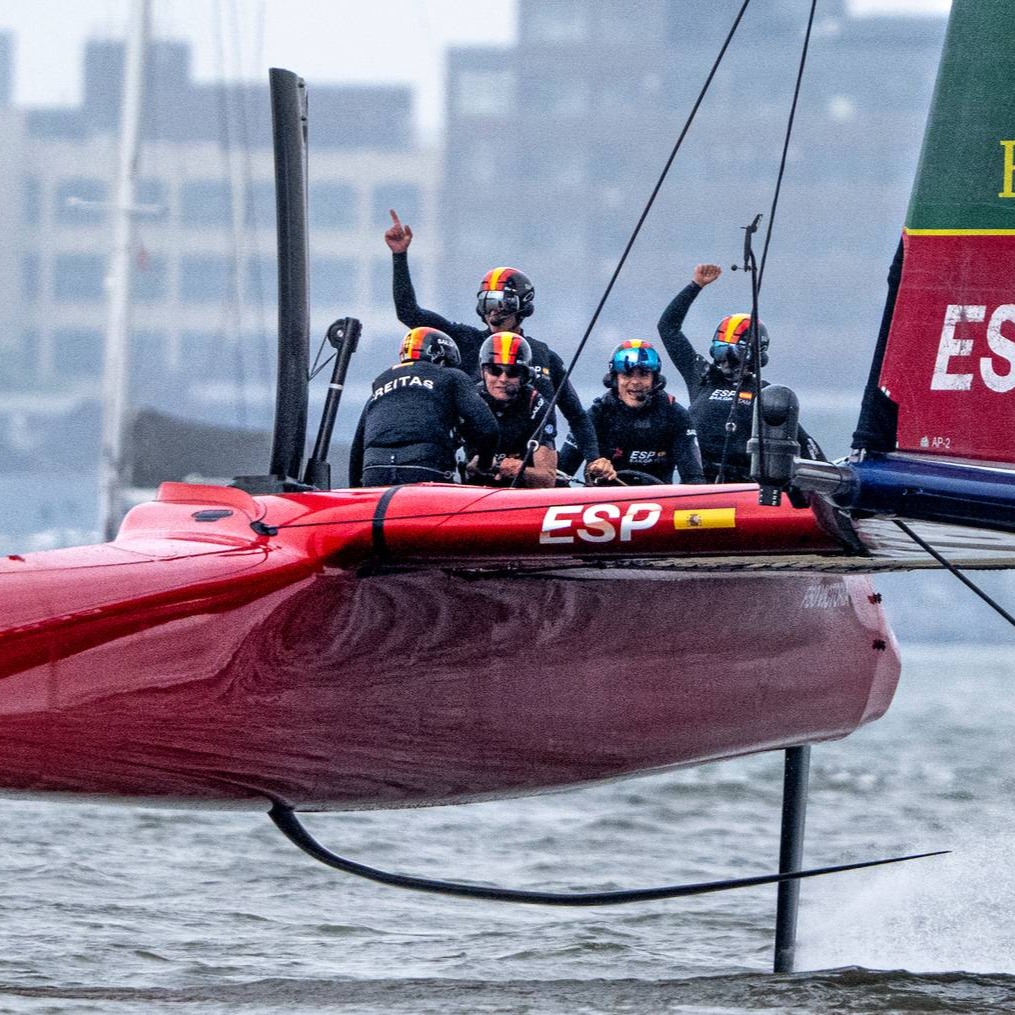
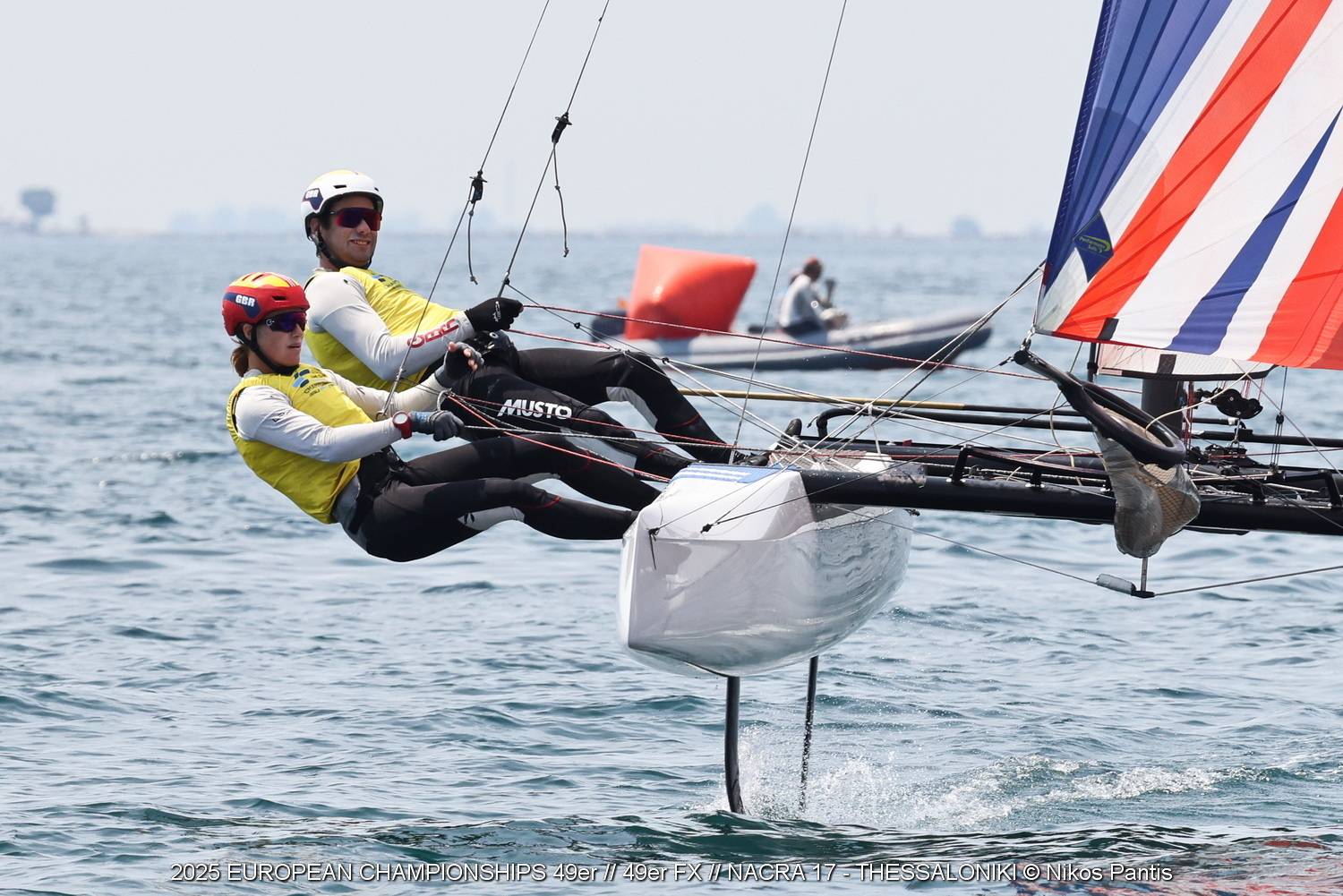
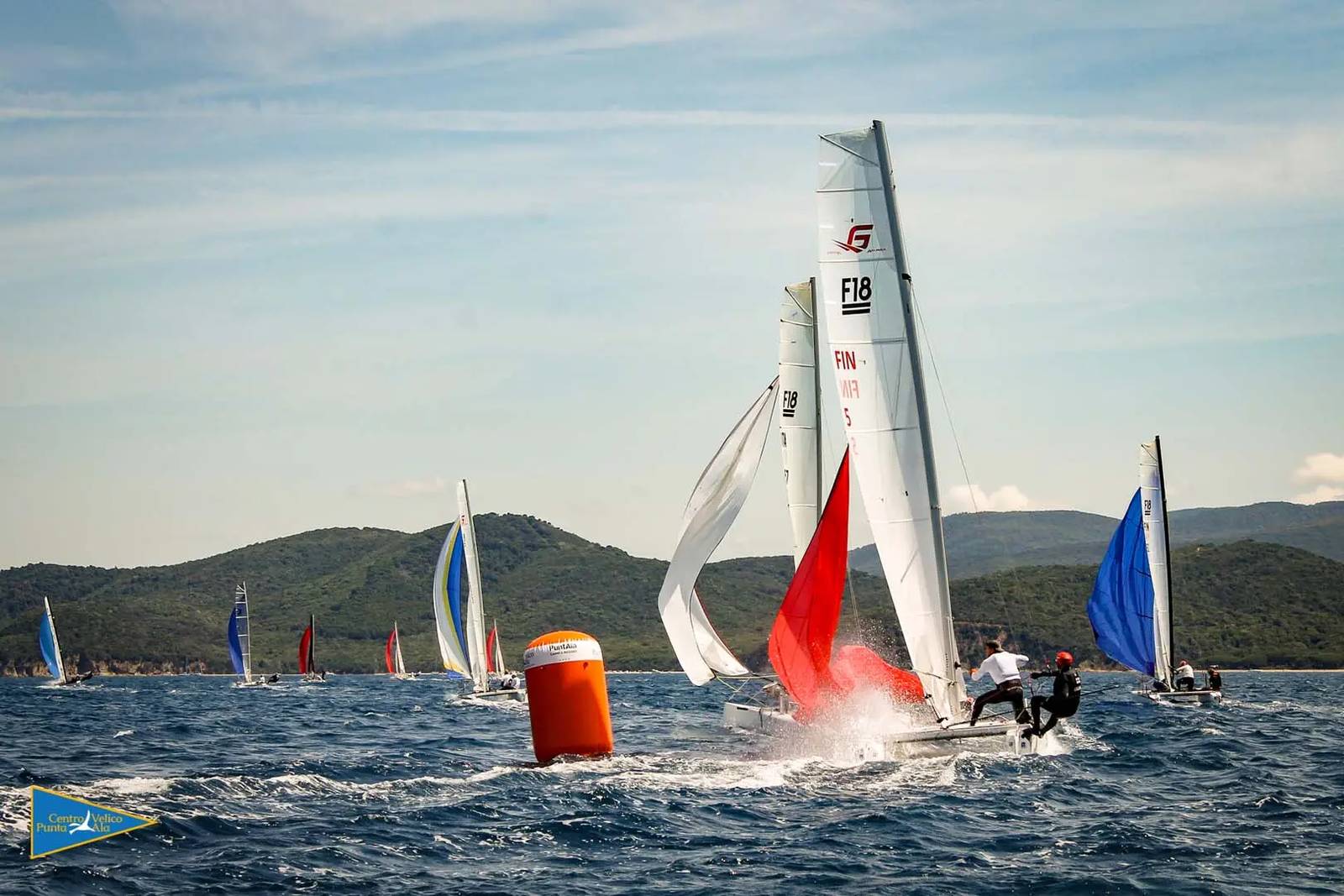
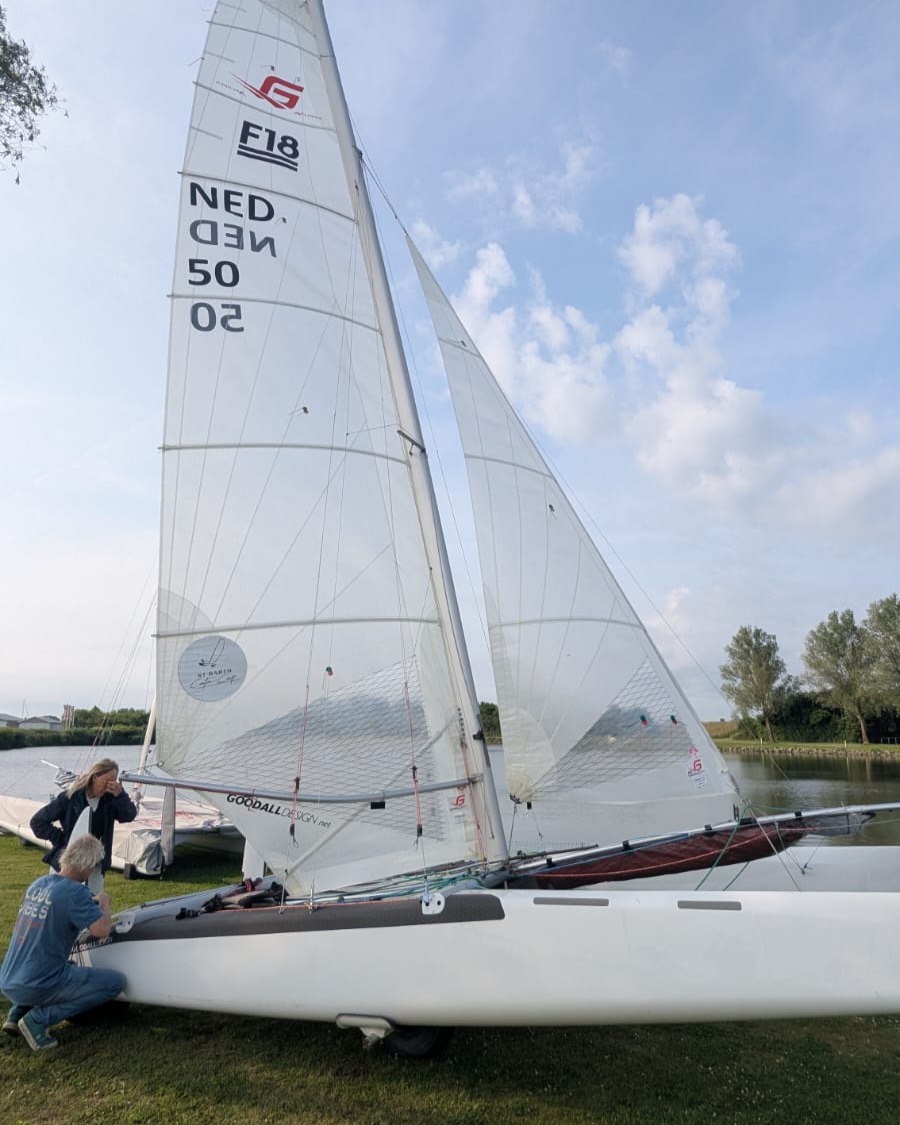
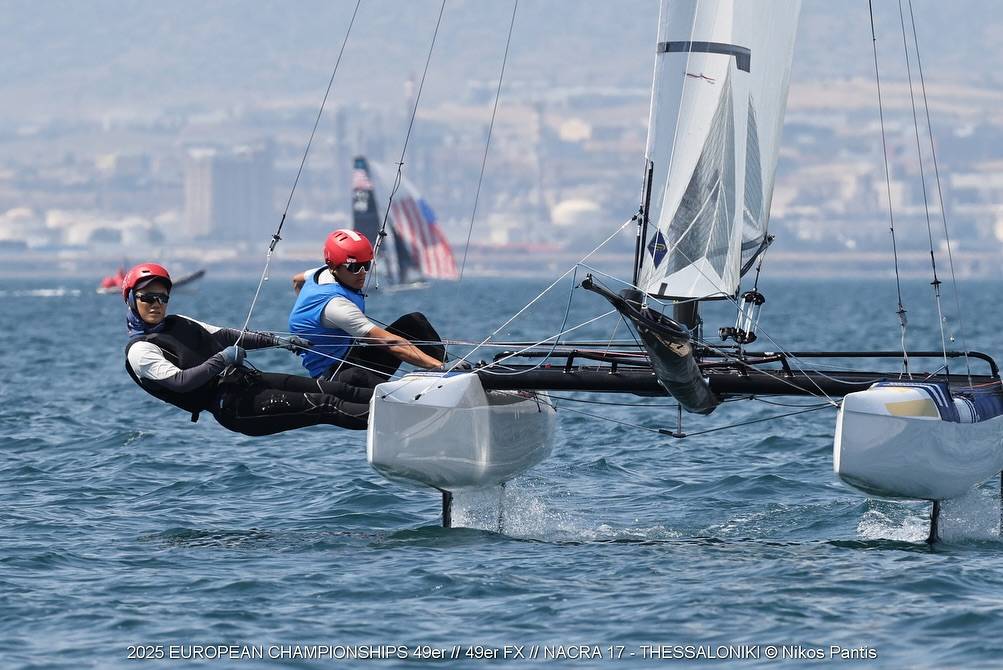



















Teo di Battista , 3° of Classic using Exploder Ad3 2016 version instead Scheurer .
I just heard that my great sailing friend and former CEO of Hobiecat Europe has passed. May The endless oceans…
...Report was sent by an F18 Sailor, if you want Hobies reported send your own, we'll publish as usual. Cheers.
Looks like in your report the Hobies are not really present. Suggest to rewrite the article.
Thanks for the great report Wik. Great battle.